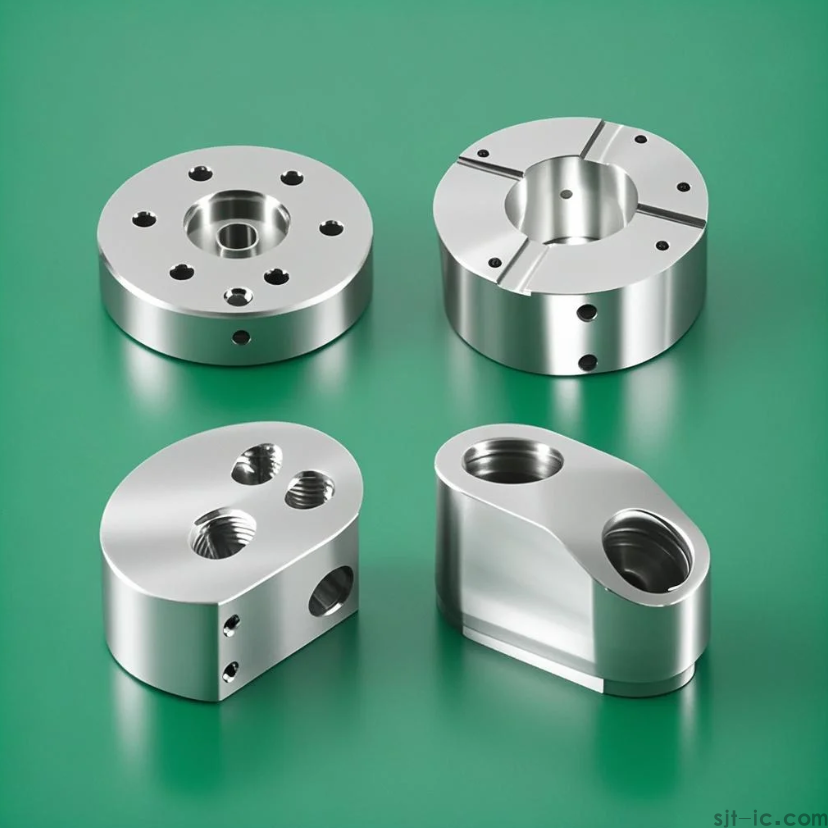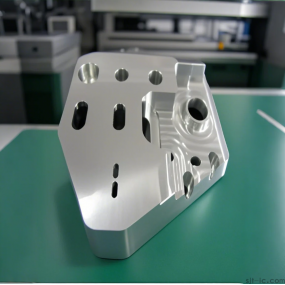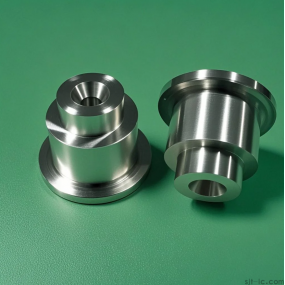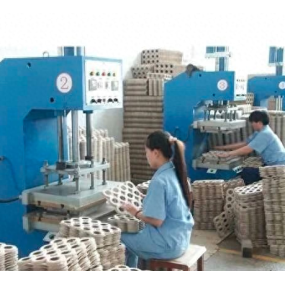Hey everyone! Are you new to CNC Machining and curious about what it can actually do? 🤔 Especially when it comes to aluminum alloy machining and turn-mill compound machining—why are they so popular in the manufacturing industry? Today, I’ll break this down for you in simple terms, so you’ll definitely get it!

🔍 Why is aluminum alloy CNC machining so widely used?
Aluminum alloy CNC machining is super common in drone parts and automotive components! Aluminum alloy is lightweight yet strong: its density is only 1/3 that of steel, but it has enough rigidity to be ideal for lightweight parts. During machining, aluminum alloy has excellent machinability and is easy to shape—unlike stainless steel, which is much harder to cut. I think this is a huge plus for beginners, since it saves on tool costs and processing time! 😎
What’s more, it delivers great surface quality: CNC machining can produce parts with extremely high smoothness, so there’s barely any need for additional polishing. But here’s a heads-up: aluminum alloy is soft, so thin-walled parts are prone to deformation during machining. That means you need to get the fixtures and cutting parameters just right! I recommend using sharp tools plus cutting fluid to avoid tool adhesion issues~
👉 Key highlights of aluminum alloy machining:
- Excellent thermal conductivity, making it perfect for radiator housings
- Corrosion-resistant, so it works even for outdoor equipment
- Low cost and minimal material waste
🚀 What makes turn-mill compound CNC machining so powerful?
What exactly is turn-mill compound machining? Simply put, it’s a single machine that handles both turning and milling operations—no need to re-clamp the workpiece repeatedly! This is a total game-changer for complex parts, like turbine blades or irregularly shaped components. With just one positioning setup, you can machine multiple surfaces, resulting in much higher precision.
Traditional machining requires switching between machines and re-setting tools multiple times, which leads to greater errors and longer lead times. Turn-mill compound machining eliminates these steps, boosting efficiency significantly! I once saw a factory use a 5-axis turn-mill center to produce aerospace parts—their mass production cycle was shortened by 30%. How impressive is that? 🐮
👉 Core advantages of turn-mill compound machining:
- Reduces clamping errors (precision stays at the micron level!)
- Supports multi-axis linkage, enabling curved surface engraving
- Ideal for small-batch customization with high flexibility
🤔 How should beginners choose? My tips!
If you mainly work with soft metals like aluminum alloy, a 3-axis CNC machine might be enough—it has lower investment costs and is easier to get started with. But if you’re dealing with complex parts (such as automotive molds with curved surfaces), turn-mill compound machining is a better value. While the equipment is more expensive upfront, it saves on labor costs in the long run!
Don’t forget about material properties: aluminum alloy is easy to machine but prone to deformation; stainless steel is wear-resistant but requires wear-resistant tools. From my experience, always do a test cut first, adjust the cutting speed properly, and then move on to mass production!
💡 Personal insight
CNC technology is still evolving! These days, many factories are adopting intelligent monitoring systems that use AI to predict tool wear. I believe automation will be the mainstream in the future—beginners should focus on learning programming and process optimization, not just machine operation~
In short, aluminum alloy machining and turn-mill compound machining each have their own ideal use cases. Choosing the right method is the key to cutting costs and boosting efficiency! Hope these practical tips help you out—feel free to reach out if you have any questions~ ✨


 Spanish
Spanish Arabic
Arabic French
French Portuguese
Portuguese Belarusian
Belarusian Japanese
Japanese Russian
Russian Malay
Malay Icelandic
Icelandic Bulgarian
Bulgarian Azerbaijani
Azerbaijani Estonian
Estonian Irish
Irish Polish
Polish Persian
Persian Boolean
Boolean Danish
Danish German
German Filipino
Filipino Finnish
Finnish Korean
Korean Dutch
Dutch Galician
Galician Catalan
Catalan Czech
Czech Croatian
Croatian Latin
Latin Latvian
Latvian Romanian
Romanian Maltese
Maltese Macedonian
Macedonian Norwegian
Norwegian Swedish
Swedish Serbian
Serbian Slovak
Slovak Slovenian
Slovenian Swahili
Swahili Thai
Thai Turkish
Turkish Welsh
Welsh Urdu
Urdu Ukrainian
Ukrainian Greek
Greek Hungarian
Hungarian Italian
Italian Yiddish
Yiddish Indonesian
Indonesian Vietnamese
Vietnamese Haitian Creole
Haitian Creole Spanish Basque
Spanish Basque










